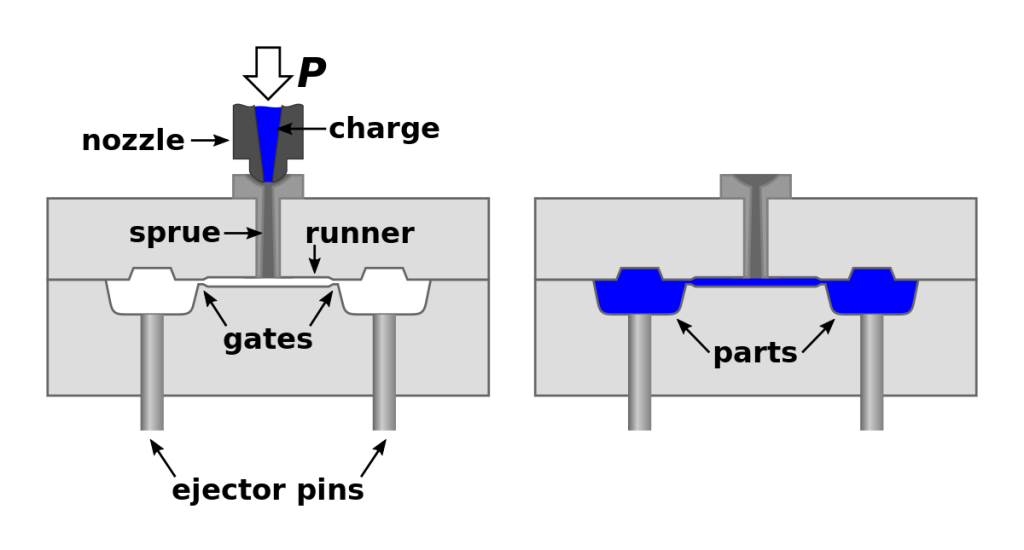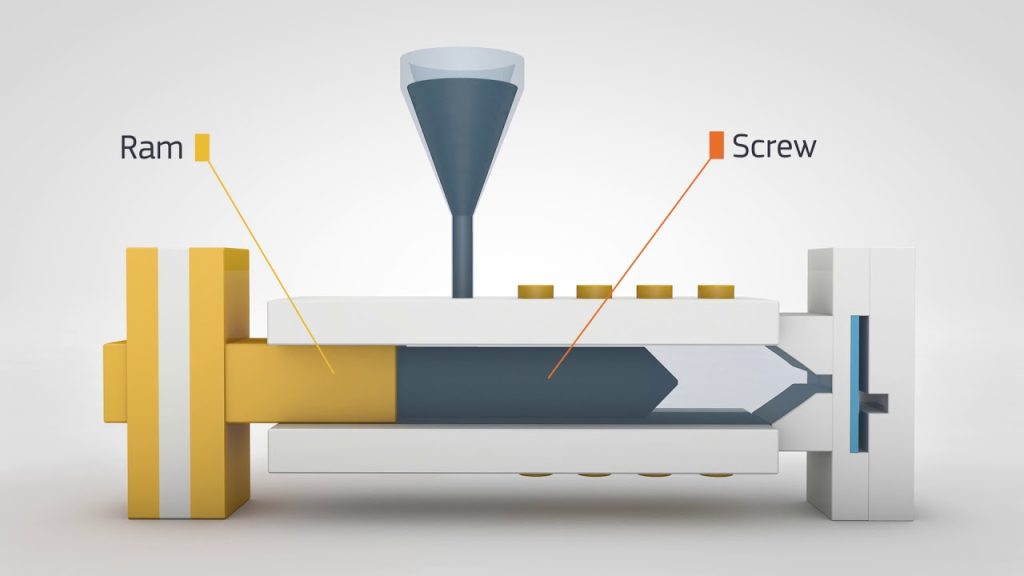Table of Contents
Lego, the timeless building blocks that have been a staple of children’s toys for generations, are known for their durability and endless creative possibilities. But have you ever wondered how these small plastic bricks are made? One question that often comes up is whether Lego is injection molded, and the answer may surprise you.
Injection molding is a manufacturing process used to create a variety of plastic products, and it turns out that Lego bricks are indeed made using this method. But the process is much more complex than simply melting plastic and pouring it into a mold. Let’s take a closer look at the fascinating process behind the creation of these iconic toys.
Is Lego Injection Molded?
Lego has been a popular toy brand for over 80 years, inspiring creativity and imagination in children and adults alike. But have you ever wondered how Lego bricks are made? One common question is whether Lego bricks are injection molded. In this article, we’ll explore the answer to that question, as well as delve deeper into the process of making Lego bricks.
What is Injection Molding?
Injection molding is a manufacturing process used to produce components by injecting molten material into a mold. The material is typically a thermoplastic polymer such as ABS, which is used to make Lego bricks. The process involves melting the plastic pellets in a heated barrel, then injecting the molten plastic into a mold cavity. Once the plastic cools and solidifies, the mold is opened and the component is ejected.
The Process of Injection Molding Lego Bricks
Lego bricks are indeed injection molded. The process begins with the plastic pellets being fed into a hopper, which then feeds them into a heated barrel. Inside the barrel, the plastic is melted and mixed, then injected into a mold cavity. The mold is designed with a series of interlocking cavities that form the shape of the Lego brick. Once the plastic cools and solidifies, the mold is opened and the Lego brick is ejected.
Benefits of Injection Molding for Lego Bricks
Injection molding is a highly efficient process that allows for the mass production of identical components. This makes it an ideal process for producing Lego bricks, which need to be identical in size and shape to ensure they can be easily connected. Injection molding also allows for intricate details to be molded into the Lego bricks, such as the studs on the top of the brick. Additionally, injection molding is a relatively fast process, with each mold cycle taking only a few seconds to complete.
Injection Molding Vs Other Manufacturing Processes
While injection molding is the primary manufacturing process used for Lego bricks, other processes are used for certain components, such as the flexible rubber wheels used on some Lego sets. These wheels are made using a process called injection compression molding, which involves injecting the plastic into a mold cavity and then compressing it to achieve a specific shape.
Advantages of Injection Molding over Other Processes
Injection molding offers several advantages over other manufacturing processes. For one, it allows for the production of highly precise and complex components. Injection molding is also a cost-effective process for high-volume production runs, as it can produce large quantities of identical components quickly and efficiently. Additionally, injection molding offers a high degree of repeatability, ensuring that each component produced is identical to the next.
Conclusion
In conclusion, Lego bricks are indeed injection molded. The process allows for the mass production of identical components with intricate details, making it an ideal process for producing Lego bricks. Injection molding offers several advantages over other manufacturing processes, including precision, cost-effectiveness, and repeatability. As a result, it is likely that injection molding will continue to be the primary manufacturing process used for Lego bricks for years to come.
Frequently Asked Questions
Here are some of the commonly asked questions about Lego injection molding process:
Is Lego Injection Molded?
Yes, Lego bricks are injection molded. Injection molding is a manufacturing process in which molten plastic is injected into a mold cavity to create a plastic part. The process is widely used for creating various plastic products, including toys, automotive parts, and household items.
Lego uses a high-precision injection molding process to create its bricks. The process involves melting the plastic pellets and injecting the molten plastic into a mold cavity. Once the plastic cools and solidifies, the mold is opened, and the plastic part is ejected. The process is repeated millions of times to create the various Lego pieces.
What Material is Used to Make Lego Bricks?
Lego bricks are made of a high-quality plastic called acrylonitrile butadiene styrene (ABS). ABS is a thermoplastic polymer that is widely used in the manufacturing of toys, automotive parts, and electronic housings due to its durability, toughness, and resistance to impact and heat.
The ABS plastic used by Lego is specially formulated to meet the high standards of quality and precision required to create the interlocking bricks. The plastic is also non-toxic, making it safe for children to play with.
How Many Colors are Used in Lego Injection Molding?
Lego injection molding machines can produce bricks in a wide range of colors. Currently, Lego offers about 50 different colors, including primary colors, pastel colors, and metallic colors. The colors are achieved by adding pigments to the plastic pellets before they are melted and injected into the mold cavity.
The injection molding process also allows for the creation of bricks with multiple colors. Lego has developed a technique called “two-shot molding,” in which two different colors of plastic are injected into the same mold cavity to create a single brick with two colors.
How Accurate is Lego Injection Molding?
Lego injection molding is an incredibly precise process that allows for the creation of bricks with very tight tolerances. The molds used to create Lego bricks are made with high-precision CNC machines, which can achieve tolerances of up to 0.002 mm.
Lego’s injection molding machines also incorporate advanced technologies such as servo motors and sensors to ensure consistent, high-quality production. The result is a product that meets the exacting standards of Lego’s designers and engineers.
What is the Production Capacity of Lego Injection Molding?
Lego’s injection molding factories are capable of producing millions of bricks per day. The exact production capacity varies depending on the size and complexity of the bricks being produced, as well as the number of machines in operation.
Lego has several injection molding factories located around the world, including in Denmark, Hungary, Mexico, and China. The factories operate 24 hours a day, seven days a week to meet the high demand for Lego products.
In conclusion, Lego bricks are indeed injection molded. This process involves the melting of plastic pellets, which are then injected into a mold cavity. The mold is then cooled, and the plastic is allowed to harden, resulting in the final product. This process allows for the production of large quantities of identical pieces, which is crucial for the success of the Lego brand.
Furthermore, injection molding allows for precise and intricate designs to be created, which is evident in the various shapes and sizes of Lego bricks. This process also ensures that the bricks are durable and long-lasting, as they are able to withstand the wear and tear of constant use.
Overall, the injection molding process is an essential aspect of the Lego production process, and it has played a significant role in the success of the brand. By using this process, Lego is able to produce high-quality and consistent products that have become a beloved and iconic part of many people’s childhoods.
Request a quote today!
[contact-form-7 id="1578" title="Contact form"]
Please compress the file into a ZIP or RAR file before uploading. Alternatively, send through your RFQ by email.
enquires@unitymanufacture.com





